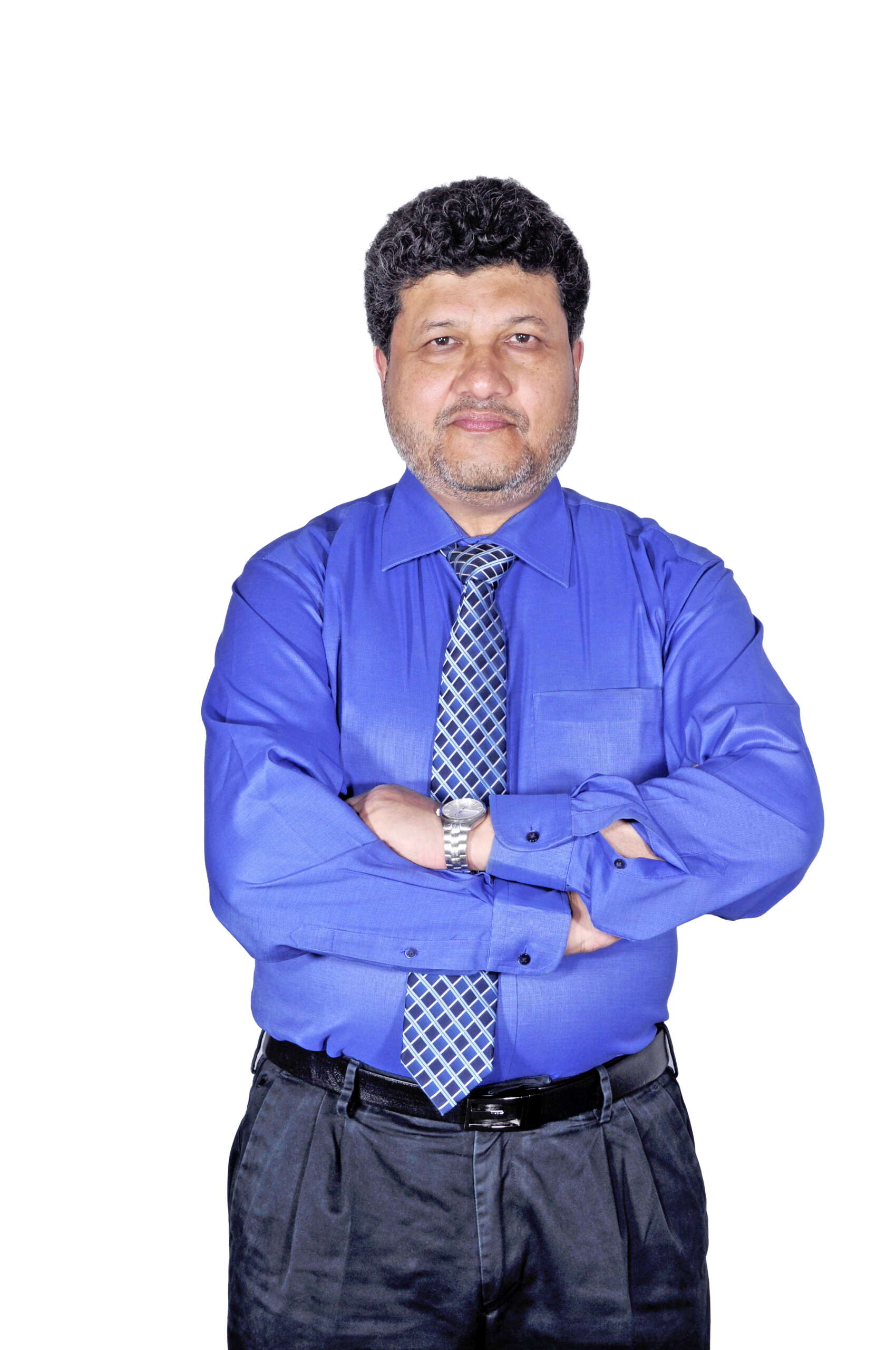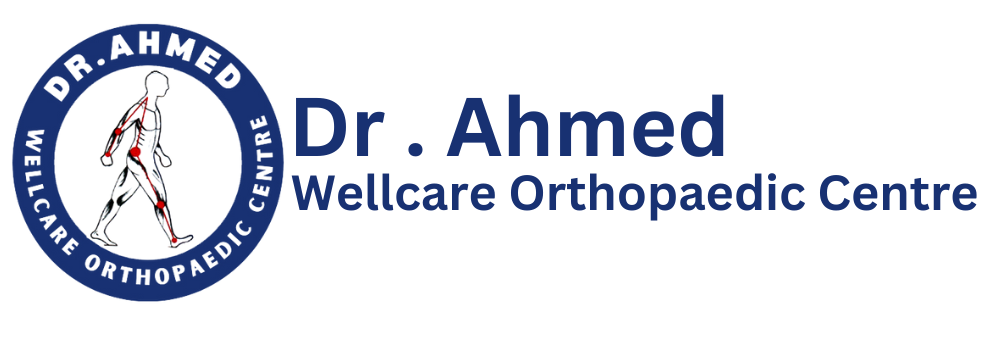What is a Rotator Cuff Tear?
The rotator cuff is a group of four muscles and their associated tendons that play a crucial role in the stability and movement of the shoulder joint. These muscles include the supraspinatus, infraspinatus, teres minor, and subscapularis. Together, they facilitate a wide range of shoulder movements and provide essential support during activities that involve lifting and rotating the arm. The integrity of the rotator cuff is vital for optimal shoulder function, and any damage or tear in this complex can lead to significant pain and impaired mobility.
Rotator cuff tears are broadly classified into two categories: partial thickness tears and full thickness tears. Partial thickness tears involve a damage that does not completely sever the tendon; they can vary in severity and may present less prominent symptoms than full thickness tears, which result in a complete disruption of the tendon. Full thickness tears generally result from more severe traumas and often necessitate a more aggressive approach when it comes to treatment, such as rotator cuff repair surgery.
Common causes of rotator cuff tears include age-related degeneration, with most tears arising from normal wear and tear as individuals age. Other significant contributors include acute injuries from sports, falls, or heavy lifting. Athletes, particularly those involved in overhead sports like baseball and tennis, are at increased risk of sustaining a rotator cuff tear. Symptoms of a rotator cuff tear typically include persistent shoulder pain, weakness in the affected arm, and a reduced range of motion, often making daily tasks challenging.
Recognizing the symptoms and understanding the anatomy and functions of the rotator cuff are essential steps in seeking appropriate treatment, which may include options such as shoulder arthroscopy rotator cuff repair for severe cases. Ultimately, addressing a rotator cuff injury early can lead to a better prognosis and a faster recovery.
Indications for Arthroscopic Repair
Arthroscopic shoulder rotator cuff repair surgery is a minimally invasive procedure utilized to address rotator cuff tears. The decision to pursue this surgical intervention hinges on several critical factors such as the tear’s severity, patient age, activity levels, and the extent of pain or dysfunction experienced by the individual. Understanding these indicators is vital in determining when arthroscopic rotator cuff repair becomes necessary.
In cases of mild to moderate rotator cuff tears, non-surgical approaches may be recommended initially. These include physical therapy and corticosteroid injections. However, if substantial pain persists or mobility is significantly impaired, surgical intervention might become essential. Surgery is also considered if there is documented progression toward a more severe tear. The degree of the tear is crucial. Full-thickness tears that are large or show no signs of healing often require rotator cuff surgery. This is particularly true for individuals who lead active lifestyles or engage in sports, where proper shoulder function is crucial.
Moreover, a patient’s age plays a significant role in the decision-making process. Younger, more active patients may benefit more from shoulder arthroscopy for rotator cuff repair. This is due to their involvement in physical activities that require optimal shoulder performance. Conversely, older patients, especially those with substantial comorbidities, might be guided towards conservative management if their activity level is low.
Ultimately, an in-depth evaluation of the severity of the rotator cuff repair procedure, alongside patient-specific factors, serves as the foundation for determining the necessity and timing for surgical intervention. Evaluating these considerations ensures that patients receive the most appropriate and effective treatment, maximizing their chances for a successful recovery.
The Arthroscopic Shoulder Repair Procedure
Arthroscopic shoulder repair, specifically for rotator cuff tears, is a minimally invasive surgical technique designed to alleviate pain and restore function. Preparation is crucial prior to the rotator cuff repair procedure. Patients typically undergo a thorough evaluation, including physical examinations and imaging studies, such as MRI scans, to confirm the diagnosis and extent of the injury. On the day of surgery, the patient is instructed to refrain from eating or drinking, ensuring a clear stomach, which is essential for anesthesia safety.
Anesthesia options for the shoulder arthroscopy rotator cuff repair may include general anesthesia or regional anesthesia, depending on the patient’s health and the surgeon’s preference. Once under anesthesia, the surgeon prepares the shoulder area by cleaning and disinfecting the skin to reduce infection risks.
The procedure begins with the insertion of a small camera, called an arthroscope, into the shoulder joint through tiny incisions. This camera provides a clear view of the internal structures, allowing the surgeon to visualize the rotator cuff tear accurately. Specialized instruments are used to reattach the tendon to the bone, utilizing anchors that hold sutures securely in place. The duration of the rotator cuff tear operation typically ranges from one to two hours, depending on the complexity of the tear.
Throughout the surgery, the surgeon monitors the repair process closely and may also make additional repairs if necessary, such as addressing other shoulder impingements or labral tears. After the repair is complete, the incisions are closed with sutures or adhesive strips. Post-operative recovery protocols include a structured rehabilitation plan, emphasizing gradual mobility enhancement and strengthening exercises to facilitate a successful return to normal activities.
This intricate arthroscopy rotator cuff repair procedure allows for meticulous restoration of shoulder function while minimizing recovery time and scarring.
Postoperative Care and Rehabilitation
Following an arthroscopic rotator cuff repair surgery, proper postoperative care and rehabilitation are crucial for a successful recovery. Immediately after the rotator cuff repair procedure, patients will typically have their shoulder immobilized in a sling to prevent movement that could compromise healing. It is essential to adhere to the immobilization guidelines, ensuring that the affected shoulder is protected during the initial healing phase.
Pain management is an important aspect of recovery post-surgery. Patients may be advised to use prescribed pain medications to help alleviate discomfort in the days following the rotator cuff tear operation. Additionally, applying ice packs can provide relief and reduce swelling. It is vital to communicate with healthcare providers about pain levels to adjust medications as necessary.
Rehabilitation generally begins with passive range of motion exercises performed under the guidance of a physical therapist. This early stage aims to restore mobility without placing undue stress on the repaired tissues. Gradually, as healing progresses, patients will transition to active range of motion and strengthening exercises designed to enhance shoulder function. The rehabilitation process is typically divided into stages, each focusing on progressively increasing the intensity and complexity of exercises.
Despite the effectiveness of shoulder arthroscopy rotator cuff repair, certain risks and complications can arise. Patients should be aware of potential issues such as re-tearing of the cuff, stiffness, or infection. Adhering to rehabilitation guidelines and performing exercises as instructed can mitigate these risks.
To ensure a successful recovery, it is critical to attend all follow-up appointments and communicate any concerns or unusual symptoms to the healthcare team. Following these guidelines will facilitate a smoother journey from surgery to full shoulder function, ultimately improving the patient’s quality of life.
Frequently Asked Questions?
Q. What is an arthroscopic rotator cuff tear repair?
Ans. Arthroscopic rotator cuff tear repair is a minimally invasive surgery that uses small incisions and a camera (arthroscope) to visualize and repair the torn tendons in the shoulder.
Q. How does a rotator cuff tear occur?
Ans. Rotator cuff tears commonly occur due to injury, overuse, or degeneration over time. They can also result from a traumatic event like a fall or lifting something heavy.
Q. What are the symptoms of a rotator cuff tear?
Ans. Common symptoms include shoulder pain, weakness, difficulty lifting the arm, loss of motion, and pain that worsens at night or with certain movements.
Q. Who is a candidate for arthroscopic rotator cuff repair?
Ans. Candidates include individuals with persistent shoulder pain, limited mobility, or weakness that does not improve with conservative treatments like physical therapy or medications.
Q. How long is the recovery process after arthroscopic rotator cuff repair?
Ans. Recovery can take 3 to 6 months. The first six weeks are focused on healing and limiting shoulder movement, followed by physical therapy to regain strength and range of motion.
Q. What is the success rate of arthroscopic rotator cuff repair?
Ans. The success rate is generally high, with most patients experiencing significant pain relief and improved shoulder function. However, results may vary depending on the severity of the tear and patient adherence to rehabilitation.
Q. Are there risks associated with arthroscopic shoulder surgery?
Ans. As with any surgery, there are risks, including infection, stiffness, incomplete healing of the tendon, and complications related to anesthesia, but these are generally low.
Q. Will I need physical therapy after the surgery?
Ans. Yes, physical therapy is a crucial part of the recovery process. It helps to restore shoulder strength, flexibility, and function while preventing stiffness and further injury.
Q. How soon can I return to work or sports after rotator cuff surgery?
Ans. Return to work depends on the nature of your job. Light, sedentary work can resume in a few weeks, while more physically demanding activities, including sports, may take 4 to 6 months or longer.
Q. Can a rotator cuff tear heal without surgery?
Ans. Small or partial tears may respond to non-surgical treatments like rest, physical therapy, and injections. However, full-thickness tears usually require surgery to restore full function and alleviate pain.









